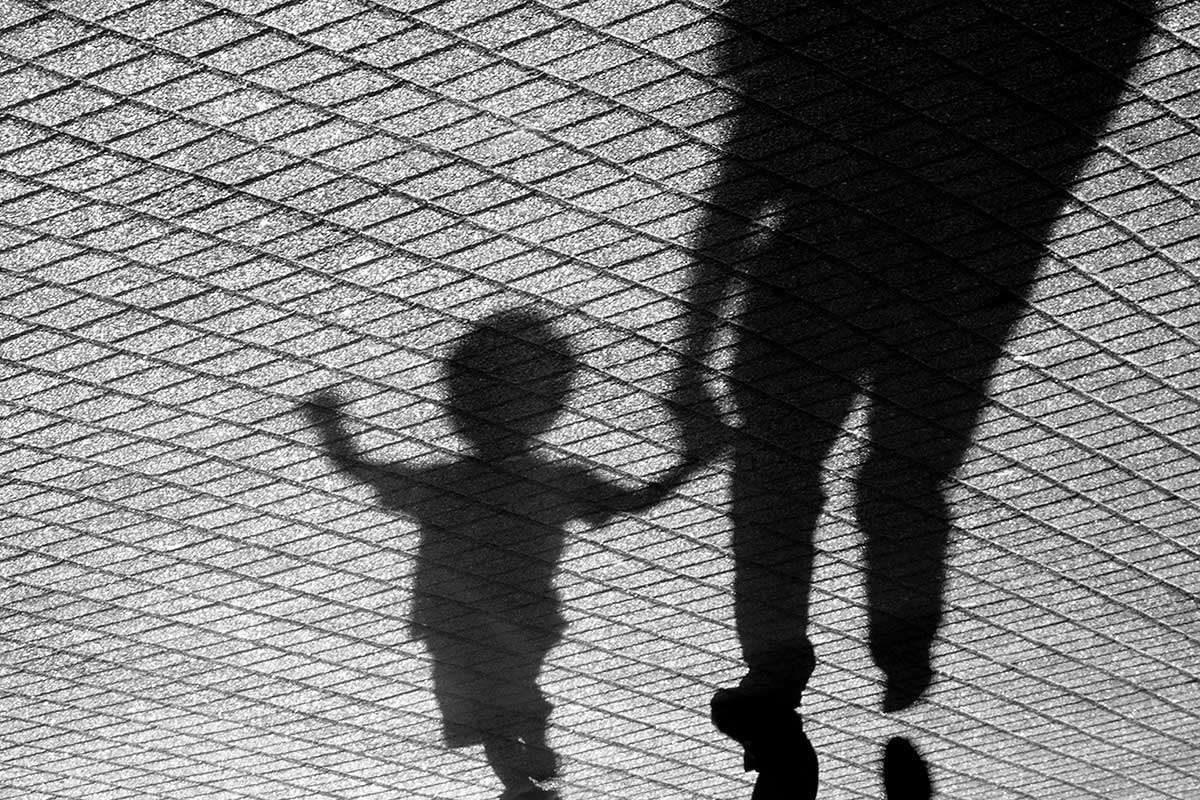 This article was posted by Amy Banks, M.D., on June 19, 2018 in her Wired for Love blog on Psychology Today.
This article was posted by Amy Banks, M.D., on June 19, 2018 in her Wired for Love blog on Psychology Today.
Like many, I have been watching in horror the images of children taken from their parents, housed in caged containers, huddled under silver blankets. As the intellectual debate about whether this is sound border patrol policy or outright child abuse wages on, it feels urgent to share my perspective as a psychiatrist with twenty-five years of experience treating individuals with post-traumatic stress disorder from related childhood abuses. When you look through the lens of neuroscience there is no debate – ripping children from parents is extraordinarily traumatizing. In fact, the pain and impact of the separation is likely setting off the same biological alarm system that would be activated if they were being beaten in these cages. Let me explain.
When mammals evolved from reptiles millions of years ago something very interesting happened. Reproductive strategy shifted dramatically from mass producing eggs and hoping a few of the offspring survive to adulthood (like turtles) to producing offspring internally. Carrying a child internally for nine months meant a dramatic decrease in the number of children born to mammals and the infants created were immature and unable to fend for themselves making attachment to parents or caregivers essential to survival. To assure attachment a corresponding evolution of the nervous system occurred. Humans developed a “social engagement system” to assure that parents and children stay connected.
When separated from his parents, a child’s nervous system sends out a loud signal to signify that he is in grave danger. The child will become dysregulated, extremely anxious and stressed out – he will protest by crying out for his parent as a full load of adrenaline or norepinephrine is surging through his system. The child separated from his parent is terrified and because the brain function to modulate affect is built within this care taking relationship and is ongoing well into the late teen years, that child is also not able to calm the terror. Over time, if the parent does not respond (or in this case can not respond), the child will flip into a parasympathetic shutdown of his body creating a state of learned helplessness or despondency. At this persists, the child enters an extremely dangerous state called failure to thrive in the attachment literature.
This is not new information and certainly should be in the hands of anyone considering making public policy that adversely impacts children. It was learned back in the late 1950’s when Harlow set up an experiment where he placed an infant monkey in a cage with a cold wire monkey that provides milk and another wire monkey covered in a warm material that offered comforting contact. Repeatedly, the young monkeys chose the comfort of the cuddly mother over food. That is how important touch and holding is to primate children. One of the policies being reported at these centers is that workers are not allowed to pick up or comfort the children. The results for these children will be devastating.
Likewise, the Abnormal Childhood Experience Study (ACE Study), a twenty-year longitudinal research project on the health outcomes of children who have had traumatic experiences in childhood, suggests that a child disconnected from his/her parents (as one of only a few abnormal experiences) has negative impacts on health and well-being. Not only are mental health issues like depression, anxiety, and substance abuse found to be higher in people with a high ACE score but also physical illnesses like cancer, diabetes, heart disease, and even infections are increased.
Additionally, research by Eisenberger and Lieberman at UCLA (SPOT Theory)identified an area of the human brain – the dorsal anterior cingulate cortex- that is activated when a person is feeling socially excluded or disconnected. The dACC also happens to be the same area of the brain that is activated when a person is feeling the distress of physical pain. Essentially, SPOT Theory tells us that being connected to safe others is so important to human survival that it shares a neurological alarm with the distress of physical injury or illness. In essence, ripping children from parents carries the same risk as hitting them. To human beings pain is pain and so these children, their parents, and anyone who is witnessing this cruelty without disconnecting from it, is in deep, deep, preventable pain.
Given the clear science, how is it that some humans are not upset about this abuse? One explanation is found by looking at the neuroscience of "othering." Studies show that when I see someone as “not like me”, my mirror neuron system shuts down and I do not feel a physiological resonance with his suffering. Rather, I look at him through the area of my brain that helps me understand abstract ideas. This is a disconnected way of knowing another and heavily influenced by cultural stories and biases. This is not an excuse but rather a warning of the social impact of policies and rhetoric that divides people and communities into “us” and “them”.
The neurological bottom line is clear, separating children from their parents is child abuse. And anyone who has a sense of morality must do everything in his or her power to help it stop ASAP.
Continue reading the full article on Psychology Today in Amy Banks' Wired for Love blog.
Amy Banks, M.D., is a senior scholar and director of Advanced Training at the Jean Baker Miller Training Institute, a legacy project of the Wellesley Centers for Women at Wellesley College. She has spoken throughout the U.S. on the neurobiology of relationship and has an ongoing passion to spread the message that humans are hardwired for connection.
When you subscribe to the blog, we will send you an e-mail when there are new updates on the site so you wouldn't miss them.
Comments